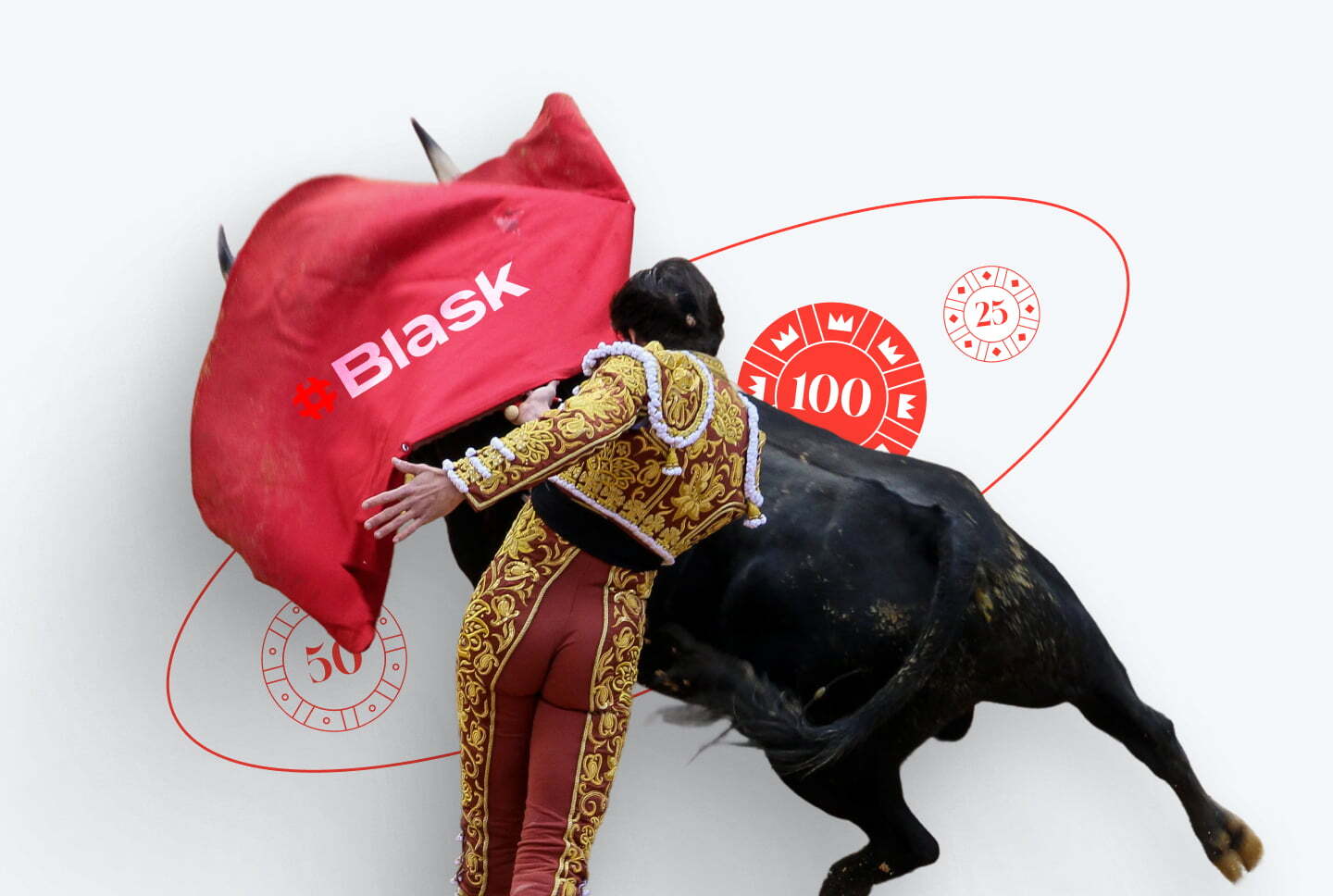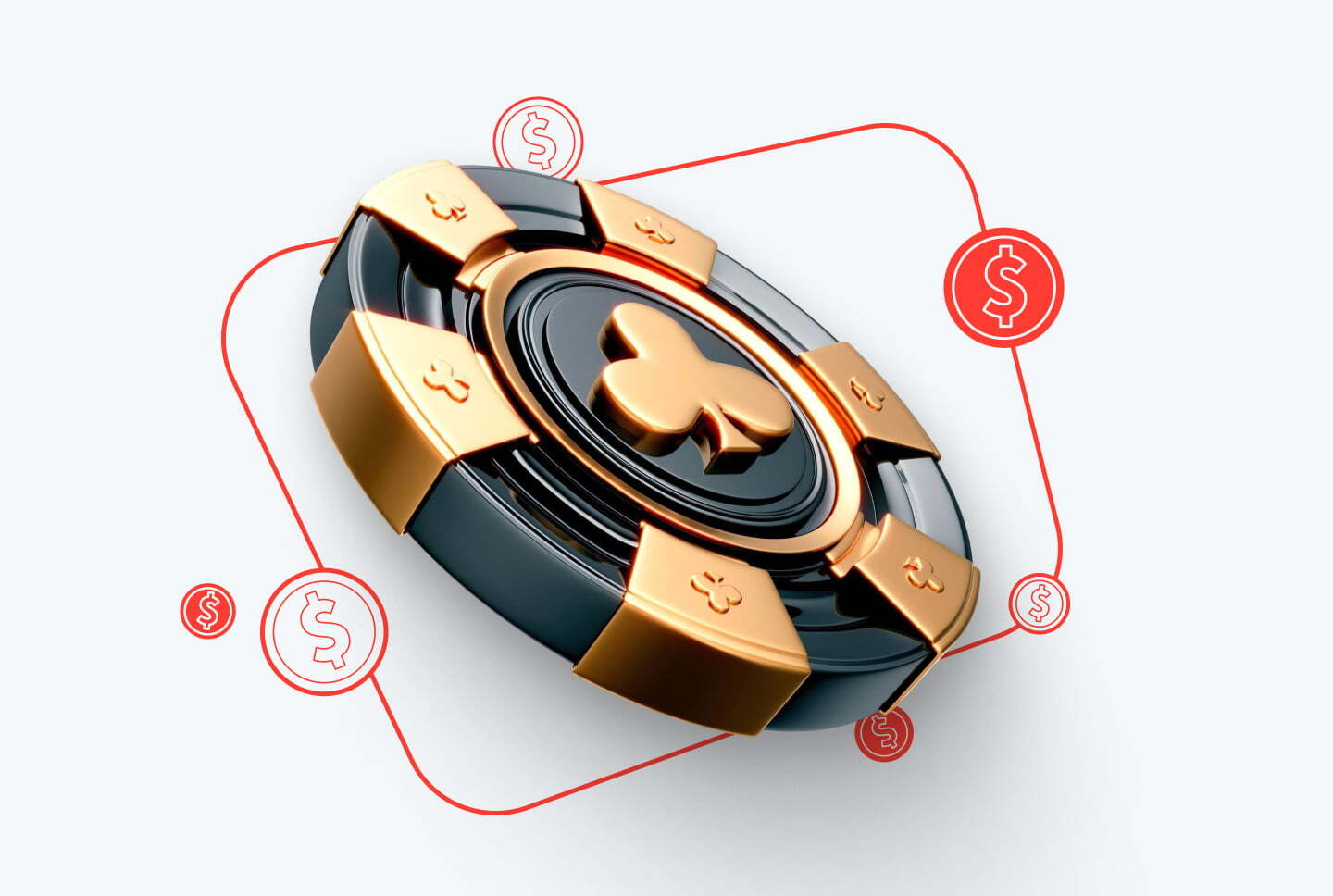Second-price auction meaning
A second-price auction is a bidding system used in programmatic advertising. In this case, the highest bidder is the winner who gets the ad impression and pays a minimal amount above the second-highest bid—typically just $0.01 more.
This structure encourages advertisers to submit their true maximum bids, as they often end up paying less than what they offered.
One of the reasons the model is attractive for affiliates is that it allows them to optimize their budgets by potentially getting ad placements at lower costs.
Important: there can be some ambiguity regarding the costs involved, including fees from Supply-Side Platforms (SSPs) or ad platforms, which might not be as transparent as in first-price auctions.
What is RichAds?
Ad network for telegram ads,
high quality push and popunder ads,
domain redirect, native and display traffic source,
buy push ads at $0.005 (CPC), pop ads at $0.5 (CPM),
domain ads costs start from $1.5 (CPM), native ads — from $0.001 (CPC),
ad network offers large volumes of traffic in more than 200 geos from Tier 3 to Tier 1.
How does the second price auction work in programmatic advertising?
Knowing the second-price auction definition, let’s understand the mechanism of its work.
In this model, the highest bidder wins the ad impression but pays an amount based on the next highest bid, plus a small price increase, typically between 1 to 5 cents depending on the network.
This contrasts with a first-price auction, where the winner pays exactly what they bid.
To illustrate how this works, let’s consider three advertisers participating in the auction:
- Advertiser A bids $5.50
- Advertiser B bids $6.00
- Advertiser C bids $6.50
In this scenario, Advertiser C has the highest bid and wins the auction. However, instead of paying their own bid of $6.50, they will only need to pay the second-highest bid of $6.00 plus an increase of $0.01, resulting in a total payment of $6.01.
This auction format often includes a bid floor, which is the minimum amount an advertiser must bid to participate. This requirement discourages excessively high bids, inspiring advertisers to submit offers that genuinely reflect the value they assign to the ad.
A second-price auction operates on a principle that encourages honest bidding while keeping costs manageable for the winning advertiser.
What’s the difference between second-price and first-price auction?
The distinction between first-price and second-price auctions is quite clear.
In both models, the advertiser that submits the highest bid ultimately wins the auction. However, the key difference lies in how the winning price is determined.
- In a first-price auction, the winning bidder pays exactly what they bid.
As a result, this auction format can generate higher revenue for traffic sellers, but may also create a less transparent environment where bidders overestimate their bids.
- A second-price auction operates on a different principle. Here, the winning bidder pays an amount just above the second-highest bid—typically just one cent more.
This pricing mechanism encourages participants to bid their true valuations without the fear of overpaying, as they know they will only pay a small amount above the next highest offer.
Overall, while both auction types reward the highest bid, their differing payment structures create distinct market dynamics.
First-price auctions can enhance seller revenue through potentially inflated bids, whereas second-price auctions promote honesty and efficiency among bidders, often resulting in fairer prices.
RichAds ad network also operates on a bidding model, advertiser with highest bid wins and secures the ad impression. You can choose the best bid for your targeting using Predictor feature or manager’s advice!
What is RichAds?
Ad network for telegram ads,
high quality push and popunder ads,
domain redirect, native and display traffic source,
buy push ads at $0.005 (CPC), pop ads at $0.5 (CPM),
domain ads costs start from $1.5 (CPM), native ads — from $0.001 (CPC),
ad network offers large volumes of traffic in more than 200 geos from Tier 3 to Tier 1.
What are the advantages of second-price private auction?
Once you no longer have a question what is second-price auction, we’ll highlight the main pros of such auctions.
Main advantages of a second-price auction
- Lower manipulation risk.
Due to the fact that bidders only pay a bit above the second-highest bid, the temptation to submit bigger bids for a guaranteed win decreases. This fosters a fairer competitive environment for all involved.
- Affordability.
Advertisers may secure victory in the auction while paying just a little more than the next highest bid, which can boost savings compared to the first-price auction format .
- Honest bidding.
By participating in the 2d price auction, advertisers are encouraged to place bids that more accurately represent their genuine valuation of the ad impression — affiliates know that they won’t pay the full bid amount. - Long-term cooperation.
The transparency and fairness of the second-price auctions can build trust between buyers and sellers. When advertisers feel they are being treated fairly, they are more likely to return for future bidding opportunities, leading to long-term partnerships and sustained revenue for sellers.
Effective bid strategies for second price auctions
As you no longer have a question about second-price auction what is it? Let’s have a look at the most common strategies used for this type of bidding model.
Apply bid shading
This strategy urges an affiliate to make his bid slightly above the anticipated second-highest bid. If you estimate the second-highest bid at $2.70, place a bid of $2.71. This approach marketers to remain competitive while minimizing costs, securing the win without overbidding.
Test true value bidding
The name of the strategy speaks for itself — marketers should submit a bid that reflects their actual valuation of the item. For example, if you value an impression at $5, bid exactly that amount. This method ensures affiliates only pay the second-highest bid, there’s a possibility to lose the bid, yet you won’t overpay.
Research other bidders’ behavior
Obviously, it’s all about the research of competitors’ bidding patterns for insights into their strategies. If a competitor wins placing increased bids or using some of the mentioned methods, correct your strategy and check out if it actually works.
Implement dynamic bidding
Dynamic bidding means changing your bids in real-time based on such factors as auction conditions and competitor activity or any other hyped tendencies. If competition increases, raise your bid accordingly.
Experiment with bids
It’s crucial to test various bid amounts to determine their effectiveness in winning auctions and meeting campaign goals. For instance, you can apply bids that vary from $0.5 to $1.5 to see which is more efficient and is more likely to win.
At RichAds ad network you can determine the best bid for desired volumes by using Predictor feature, it’s easy, just choose your targeting!
Use bid floor optimization
Start with various minimum bid levels, this will help you find the perfect balance between competitiveness and really affordable pricing. Start from the lowest yet adequate bid, then continue with higher options.This actually saves affiliates from overpaying, yet may take some time.
What is RichAds?
Ad network for telegram ads,
high quality push and popunder ads,
domain redirect, native and display traffic source,
buy push ads at $0.005 (CPC), pop ads at $0.5 (CPM),
domain ads costs start from $1.5 (CPM), native ads — from $0.001 (CPC),
ad network offers large volumes of traffic in more than 200 geos from Tier 3 to Tier 1.
Related articles:
- First-price auction
- Demand-Side Platform
- SSP (Supply-side) Platform
- RichAds won the best traffic source nomination from the AWFA
- What push traffic is and where to buy it in 2025?
- Push Ads in 2025: Complete Advertiser’s Guide (updated)
« Back to Glossary Index























